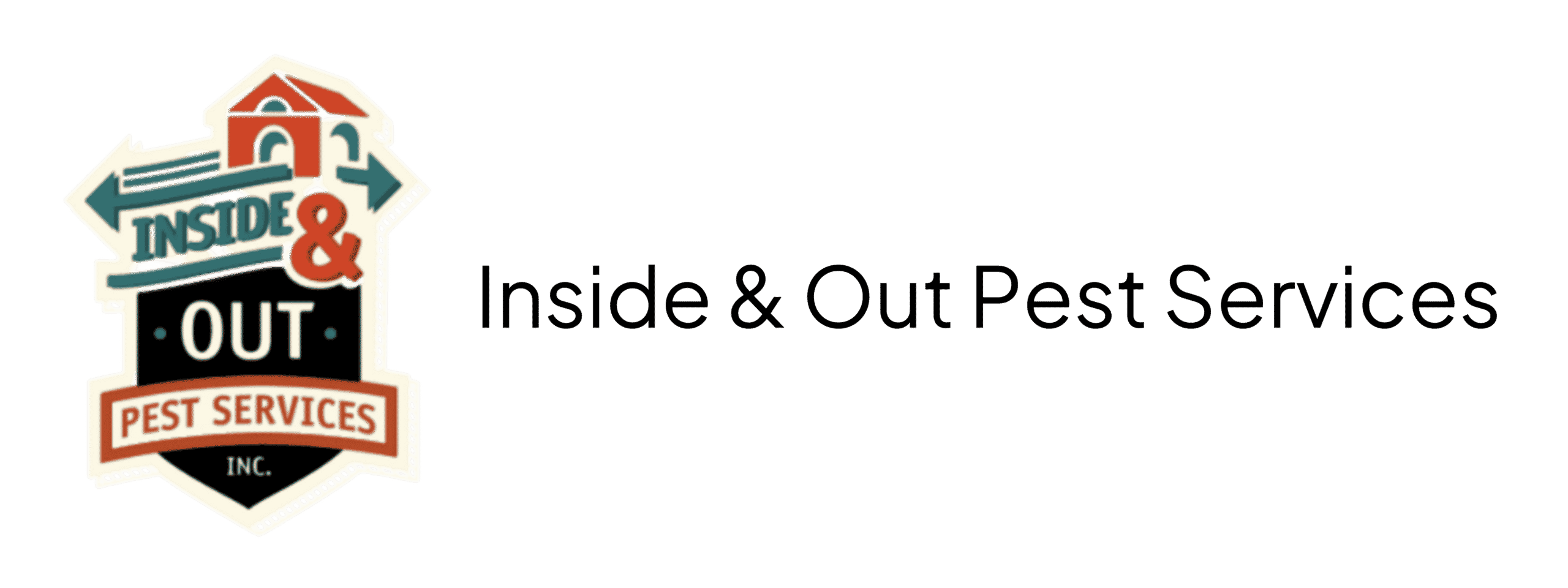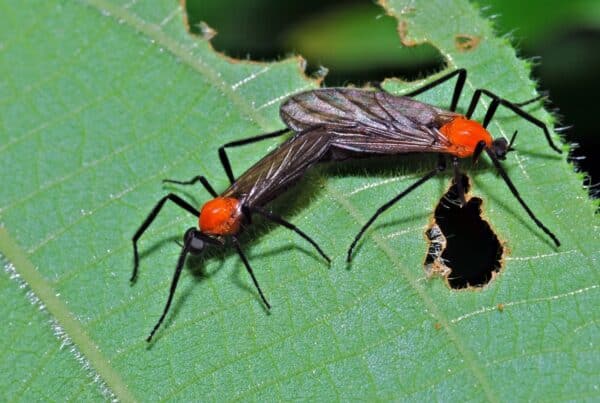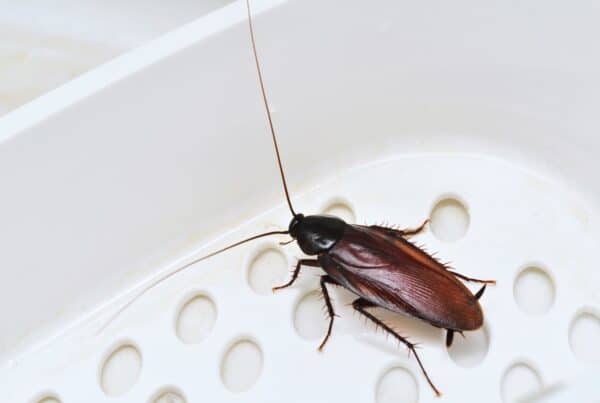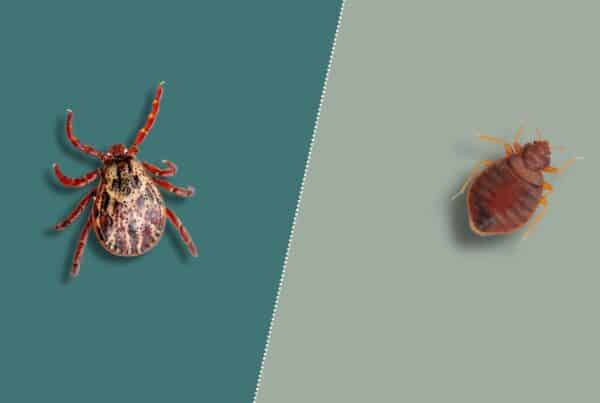Living in Florida means dealing with all sorts of insects, and in the moment, it can be hard to tell them apart—especially when bugs look like cockroaches. Not every insect that resembles a cockroach is worth worrying about, but it’s important to know if you’re dealing with a dangerous imposter or just a local lookalike.
Knowing what you’re up against can save you time, money, and unnecessary stress, so this post will walk you through 6 common Florida bugs that often get mistaken for cockroaches but are not. By the end, you’ll be able to confidently identify real roaches from their relatives and take the right steps to keep your home pest-free.
Why Some Bugs Look Like Cockroaches
It’s easy to confuse certain bugs with cockroaches, and there’s a reason why this happens. Many insects share similar traits with cockroaches, like their dark color, flat bodies, and quick movements.
The similarities aren’t just coincidences — many insects have evolved to mimic cockroaches as a survival strategy, helping them blend into their environment or deter predators.
Another reason for the confusion is that these lookalike bugs often live in the same places as cockroaches. Dark, damp areas are attractive to both, which means you’re likely to spot them in basements, bathrooms, or kitchens. Recognizing these shared characteristics can help you identify whether you’re dealing with cockroaches or different bugs that happen to look like one.

Giant Water Bug
First up, the Giant Water Bug sort of resembles a roach due to its large, flat body and dark brown color.
While it can be alarming to see one, especially since they can grow over two inches long, these bugs are quite different from cockroaches. Unlike cockroaches, Giant Water Bugs are aquatic and typically live in ponds, lakes, and slow-moving streams.
They’re not household pests and generally stay outdoors, feeding on insects and small aquatic creatures. If you find one inside your home, it’s likely because it accidentally wandered in. While their appearance might be unsettling, they don’t pose risks in small numbers.
Stink Bug
Stink Bugs have a similar dark color and size. At first glance, their shield-shaped bodies can resemble the flattened appearance of a cockroach, leading to confusion.
However, there are distinct differences that set Stink Bugs apart. Their broad, almost triangular shape and the presence of mottled or speckled patterns on their backs are key identifiers. A major distinction is their well-known defense mechanism: when threatened, Stink Bugs release a foul-smelling odor, which is something cockroaches do not do.
Stink Bugs are primarily outdoor insects, commonly found in gardens where they feed on plants. During cooler months, they might seek warmth inside homes, but they don’t pose the same health risks as cockroaches. While they can be a nuisance, particularly due to the odor they emit, Stink Bugs are relatively harmless and don’t require the same level of concern as a cockroach infestation.
Asian Longhorned Beetle
The Asian Longhorned Beetle is another bug that can be confused with a cockroach, especially due to its dark, glossy appearance and similar size. This beetle, however, has some unique features that make it easy to distinguish once you know what to look for.
The Asian Longhorned Beetle has a shiny black body with distinctive white spots and notably long, banded antennae that extend far beyond its body length. Cockroaches often scurry indoors, but the Asian Longhorned Beetle is typically outdoors, where it poses a threat to trees rather than homes.
These beetles burrow into hardwood trees, which can lead to severe damage over time. While they may initially resemble cockroaches in appearance, their behavior, habitat, and the harm they cause are entirely different.
Mole Cricket
Mole Crickets share a similar size and burrowing behavior to cockroaches. Their cylindrical bodies, dark brown color, and strong front legs used for digging can make them appear cockroach-like, especially in low light. However, Mole Crickets are primarily outdoor insects, living underground where they tunnel through soil.
These insects are usually in gardens or lawns, where their burrowing can damage plant roots and turf.
If you encounter one, it’s likely to be in your yard rather than inside your house. Although they may look a bit unsettling, Mole Crickets pose no direct threat to your home or health!
May Beetle (June Bug)
May Beetles, commonly known as June Bugs, are common, particularly during the warmer months. They’re typically a reddish-brown color, with hard, round bodies, similar to a cockroach’s tough exoskeleton.
May Beetles are attracted to light, which is why you might find them buzzing around porch lights or street lamps at night. They are also more likely to be found outside rather than inside your home. They feed on foliage and tree leaves, and while they can be a nuisance in large numbers, they don’t carry the same health risks as cockroaches.
Ground Beetle
Ground Beetles are another insect that can look like a cockroach, mainly because of their dark, shiny appearance and fast movements. These beetles are often black or metallic in color, with elongated bodies that might resemble cockroaches at first glance.
Despite their appearance, Ground Beetles are beneficial insects that play a helpful role in your garden. They feed on pests like caterpillars, ants, and other small insects, making them a natural pest control ally.
You’ll typically find Ground Beetles outdoors, under rocks, logs, or in garden soil. While they might occasionally wander inside by accident, they don’t want to live in your home.

Prevent Cockroaches and Lookalikes at Home
- Seal Entry Points: Inspect and seal any cracks, gaps, or holes around windows, doors, and walls. Even the smallest openings can serve as entryways for these bugs.
- Reduce Moisture: Bugs like damp environments. Fix leaks in pipes, faucets, or roofing, and use a dehumidifier in areas prone to moisture, such as basements and bathrooms.
- Maintain Cleanliness: Regularly clean kitchen counters, floors, and dining areas to eliminate food crumbs that could attract pests. Store food in airtight containers and take out the trash regularly.
- Manage Outdoor Lighting: Many insects, including cockroach lookalikes, are attracted to light. Use yellow bug lights or motion-activated lighting around your home to reduce their presence.
- Yard Maintenance: Keep your yard tidy by trimming shrubs, mowing the lawn, and removing debris like leaves or wood piles where insects might hide.
When to Call a Professional
A persistent infestation that doesn’t improve with your own treatments is a clear sign that you need expert help. A professional can accurately identify the insect, determine the source of the problem, and apply targeted treatments to eliminate it.
If you’re unsure whether a bug population is cockroaches or something else, have an expert take a look. Proper identification is crucial for effective treatment, and a pest control expert can guide you in the right direction.
Health concerns also make professional pest control essential, especially since cockroaches can carry diseases and allergens that pose risks to your family. Additionally, if you suspect that an insect infestation is causing damage to your property, such as the harm caused by the Asian Longhorned Beetle to trees, calling a professional is the best way to protect your home and landscape.
Bringing in a professional can save you time, prevent further damage, and ensure that your home remains safe and comfortable.
Conclusion
Most will agree that these bugs look easy to mistake for cockroaches, but knowing the differences can help you respond appropriately. Whether it’s a harmless bug or a true pest, understanding what you’re dealing with is the first step.
If you’re unsure about the insects you’ve encountered or if you’re dealing with an infestation that’s beyond your control, it’s always wise to seek professional help. In Jacksonville, FL, and surrounding areas, call Inside and Out Pest Services today to get expert help.



